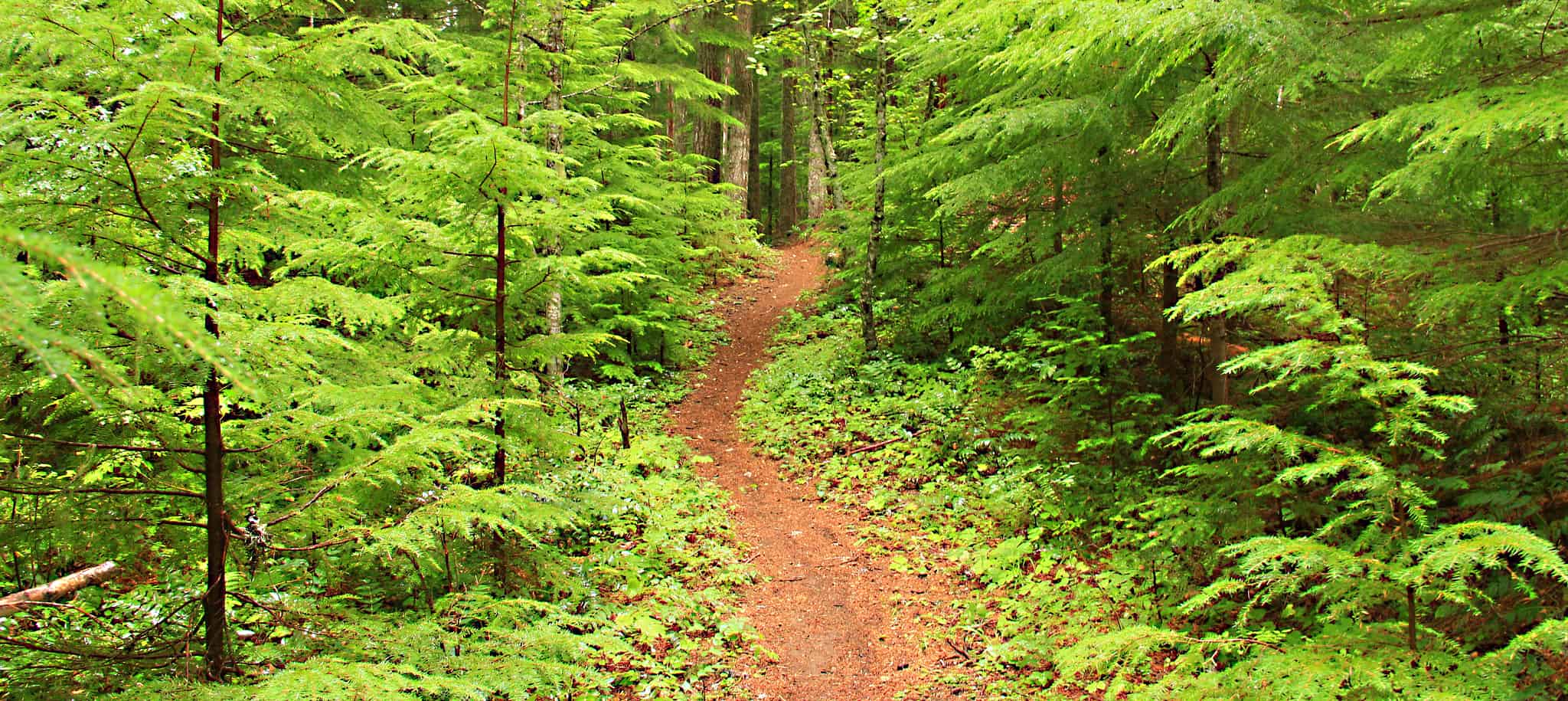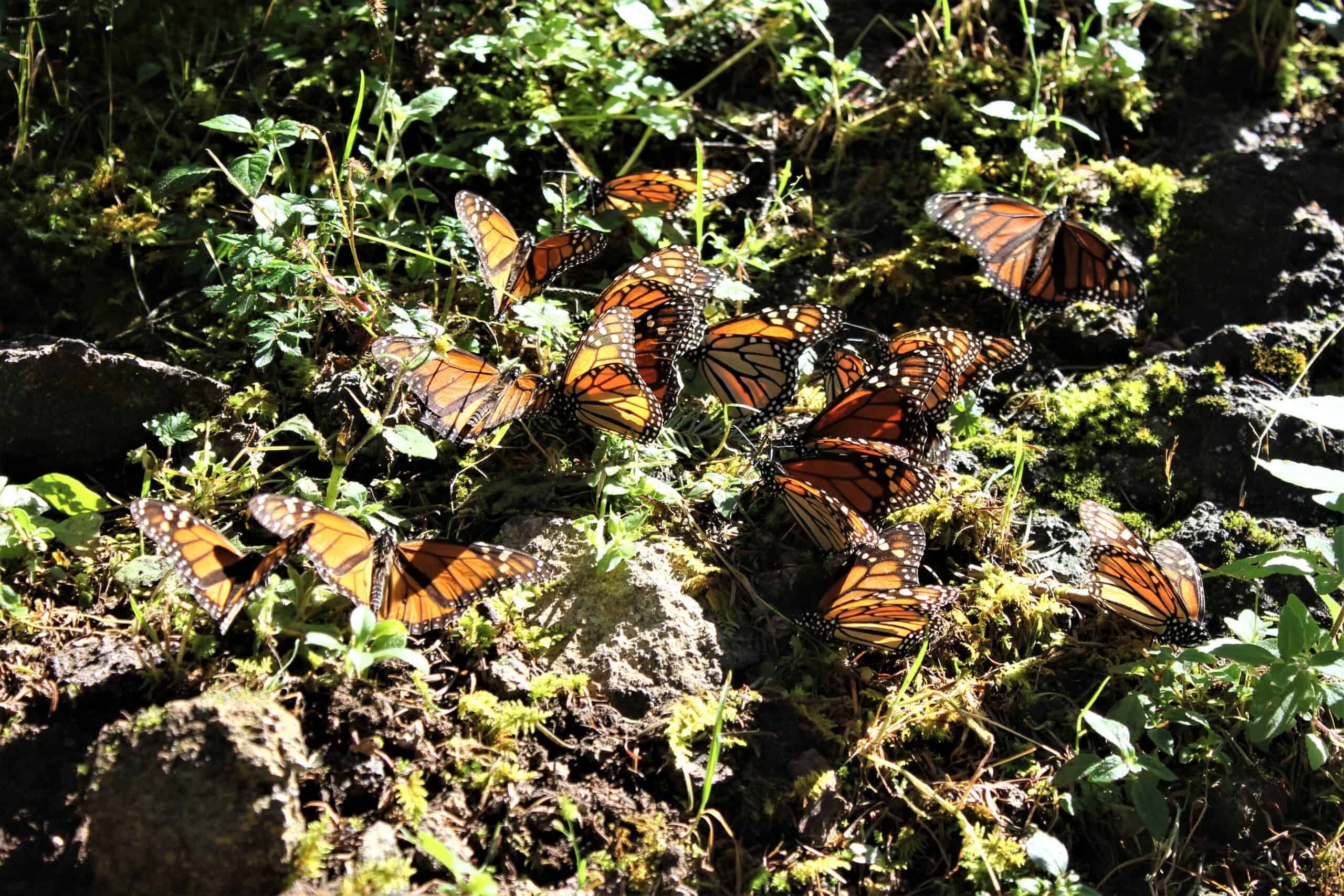Share this article
25 years after Northwest Forest Plan, birds still declining
In the 25 years since the Northwest Forest Plan was initiated, bird species still are not recovering, researchers found, despite sweeping protections the plan brought to old-growth forests in Washington, Oregon and California.
While the plan reduced losses of old trees to logging, they found, losses to wildfire are on the rise.
“Ultimately it turned out that this forest is in gradual decline since the plan,” said Oregon State University professor Matt Betts, co-author of a study published in the Proceedings of the National Academy of Sciences.
Betts, Ben Phalan, who was a research associate at OSU and their colleagues wanted to perform a sort of 25-year check-up on the plan so see how the forest was faring since the plan was put in place. They expected to find mature forests had increased over the years, the species that depend on them would be on the rise and young, pre-forest landscapes — early seral ecosystems — would be decreasing.
“But that’s not what we found,” Betts said.
Instead, they discovered that fires continued to claim older trees and create more early seral ecosystems on public land, while logging continued on private land. Using birds as an indicator of forest health, they found common birds associated with old forests —such as the varied thrush (Ixoreus naevius), golden-crowned kinglet (Regulus satrapa), Pacific-slope flycatcher (Empidonax difficilis)and Townsend’s warbler (Setophaga townsendi)—continued to struggle.
Betts and his team used region-wide bird surveys, forest data and land ownership maps to study the effects on 24 widespread bird species, including birds associated with old forests, birds associated with early seral ecosystems and birds associated with both.
The Northwest Forest Plan was implemented during the Clinton administration in the face of lawsuits by environmentalists who were concerned that logging in old forests of the Pacific Northwest was jeopardizing populations of spotted owls (Strix occidentalis) and other species. The plan transformed management of 10 million hectares of national forests, national parks and Bureau of Land Management lands, halting clearcutting on federal lands in the three states.
The plan was a 100-year strategy, Betts said, so no one expected it to be a success in 25 years. Still, the continued declines are concerning, he said, and while the plan certainly slowed the losses, the birds still aren’t recovering. Forest regeneration in an ancient forest is slow, Betts said, but as fires become more and more frequent, their conservation becomes even more important.
“Without the Northwest Forest Plan,” Betts said, “my expectation is there’d be very little old forest left across the Northwest.”
Header Image: Twenty-five years after the implementation of the Northwest Forest Plan, researchers found that birds — an indicator of forest health — continue to struggle. ©Bureau of Land Management








